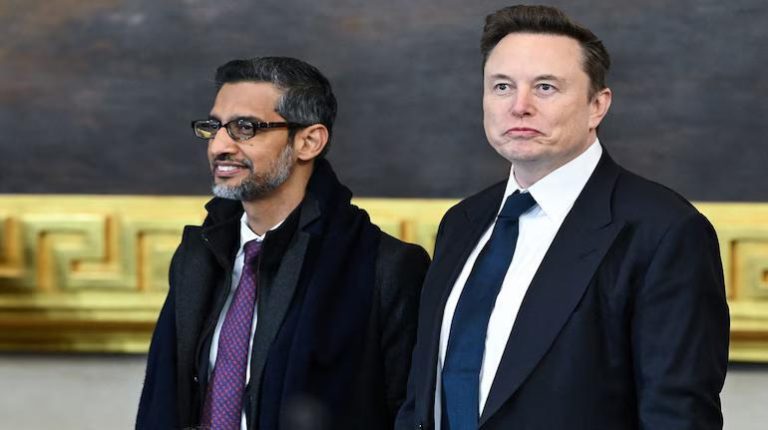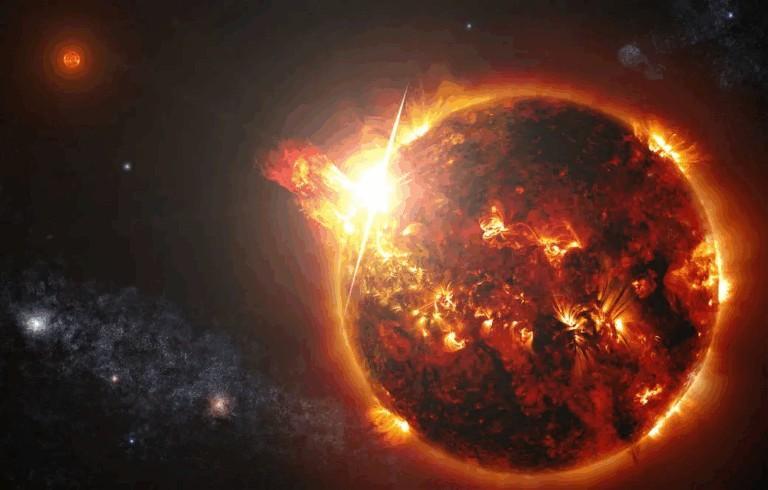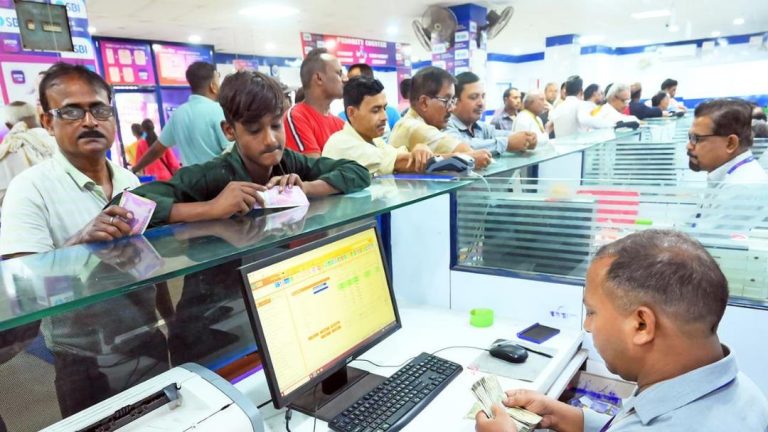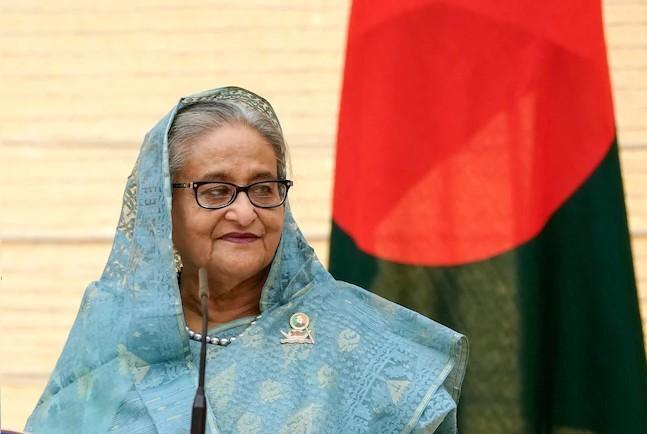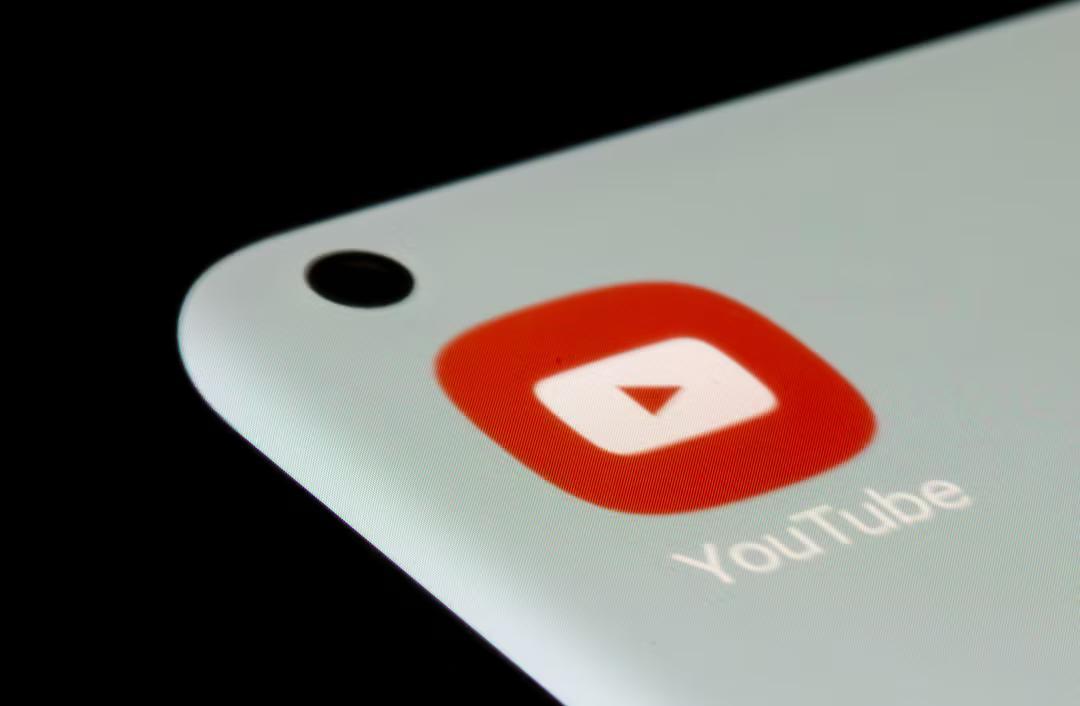
Australia to Ban YouTube for Under-16 Children
In a recent move to protect the mental health and well-being of its young population, Australia has announced that it will be adding YouTube to the list of social media platforms banned for children under the age of 16. This decision comes after a survey conducted by the Australian government found that a staggering 37% of minors in the country reported encountering harmful content on the video-sharing platform.
The ban, which is set to take effect in the coming months, will prohibit children under 16 from accessing YouTube and other social media platforms deemed harmful to their well-being. This decision is part of a broader effort by the Australian government to combat the growing concern over the impact of social media on children’s mental health.
The decision to ban YouTube for under-16 children was made after a comprehensive review of the platform’s content, which revealed a significant amount of harmful and inappropriate material. The survey, which was conducted by the Australian Institute of Family Studies, found that many children were exposed to content that was explicit, violent, or promoted harmful behaviors.
The Australian government has been taking steps to address the issue of social media’s impact on children’s mental health for some time now. In 2019, the government launched a national inquiry into the issue, which resulted in a comprehensive report outlining the risks and consequences of social media use for children.
The report, which was released in 2020, found that social media use was linked to increased symptoms of depression, anxiety, and loneliness in children. It also highlighted the need for parents, educators, and policymakers to work together to develop strategies to mitigate the negative effects of social media on children’s mental health.
The ban on YouTube for under-16 children is seen as a significant step in this direction. The platform, which is owned by Google, is one of the most popular online destinations for children, with millions of young users logging on every day. However, the platform’s algorithms have been criticized for promoting harmful and inappropriate content, and for failing to effectively regulate the material that is shared on the site.
In response to the ban, a YouTube spokesperson claimed that the platform was not a social media site, but rather a video-sharing platform. However, critics argue that this distinction is meaningless, and that the platform’s algorithms and content recommendations are designed to engage users and keep them coming back for more, regardless of their age.
The ban on YouTube for under-16 children has been welcomed by many parents and advocacy groups, who see it as a necessary step to protect children from the harmful effects of social media. However, others have expressed concerns about the impact the ban will have on children’s access to educational content and online resources.
In a statement, the Australian government said that the ban was designed to protect children from the potential harm caused by social media, and to promote a healthy and balanced online environment. The government also emphasized the importance of parents and caregivers taking an active role in monitoring their children’s online activity and setting limits on their use of social media.
The ban on YouTube for under-16 children is a significant development in the ongoing debate about the impact of social media on children’s mental health. As the world continues to grapple with the challenges posed by social media, it is clear that governments, policymakers, and parents must work together to develop effective strategies to protect children from the potential harm caused by online platforms.
